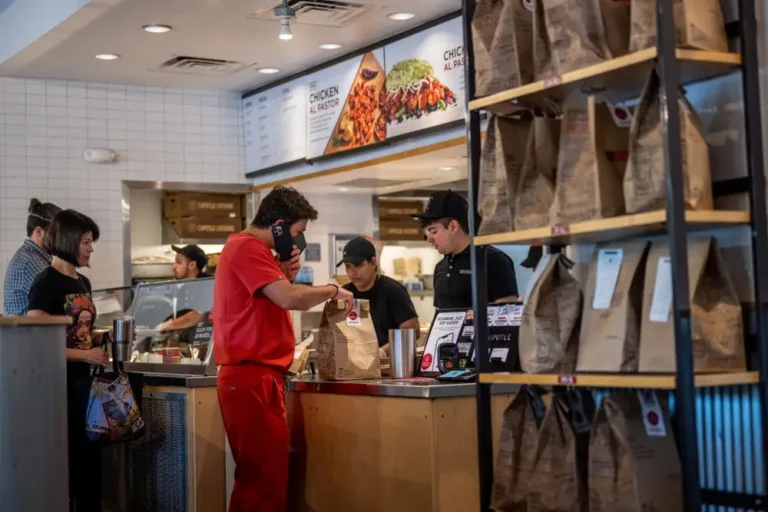I’m a financial planner buying a home next year. I can’t control interest rates, but I can do 4 things to get ready.

The author, Jovan Johnson.
I’m a financial planner, and I’m preparing to buy a home in 2025.
Many prospective homebuyers are on the sidelines, waiting for either housing prices or mortgage rates — or both — to drop. This approach isn’t necessarily right or wrong. However, much like investing in the stock market, at some point, you have to jump in to reap the potential benefits.
While you can’t control interest rates or housing prices, you can take steps to improve your chances of becoming a homeowner. Here are four things I plan to focus on to put myself in the best possible position to purchase a home in 2025.
1 Build my credit score
A strong credit score can significantly increase your chances of mortgage approval and help you qualify for better interest rates. To achieve this, it’s essential to understand what affects a credit score.
According to Experian, the five primary factors that determine credit scores are your payment history, amounts owed, length of credit history, credit mix, and new credit.
To increase my credit score and maintain a low debt-to-income ratio — a key metric lenders use when evaluating mortgage applications — I’ve implemented these strategies:
- Pay off my credit card balances in full each month to keep utilization low.
- Monitor my credit score quarterly through the three credit bureaus: Experian, TransUnion, and Equifax.
- Freeze my credit at all three bureaus to prevent unauthorized inquiries until I’m ready to purchase a home.
Your credit score plays a pivotal role in determining mortgage approval and the interest rates you’re offered. By taking proactive steps now, I’m setting myself up for success in my homebuying journey.
Compare Today’s Banking Offers
2. Save for a down payment and closing costs
Another step in my plan is to save for a down payment and closing costs. My goal amount is based on the housing budget I’ll discuss in the next section. Since I plan to purchase a home within the next 18 months, I’ve opted to keep these funds in a high-yield savings account. These accounts offer liquidity, easy access, and a competitive interest rate.
It’s important to avoid placing these funds in risky or illiquid accounts because you never know when the perfect home at the perfect price will hit the market.
To reach my savings goal, I’ve automated monthly transfers to my HYSA. Additionally, I’m directing extra funds — such as credit card rewards and tax refunds — into this account. My plan is to use the interest earned (after taxes) to cover some initial furnishing expenses.
If you’re saving for a down payment and closing costs, you may need to adjust your budget to create room for this important goal.
3. Stay within my budget
One of my top priorities is to buy a home based on what I can afford now, not what I hope to afford in the future. Counting on significant interest rate decreases or financial changes down the road isn’t a reliable plan.
To create my housing budget, I set a clear cap to avoid becoming house-poor. My goal is to keep total housing costs to no more than 35% of my take-home pay. This approach allows me to leave room in my budget for other important expenses and financial goals.
In my housing budget, I include principal, interest, property taxes, homeowners insurance, HOA fees, and utilities to ensure I have a comprehensive picture of what I can afford.
I’m also planning ahead for home maintenance and unexpected repairs. To prepare, I’ll set aside 1% to 3% of the home’s value annually in a dedicated HYSA.
Compare Today’s Rates
4. Beef up my emergency savings
Let’s be real — watching thousands of dollars leave your bank account for a down payment can be nerve-racking. One moment you have a comfortable cash cushion, and the next, it feels like your safety net is much smaller. That’s why having an emergency fund is so important.
As I prepare to purchase a home next year, I’m also focusing on strengthening my emergency fund. My goal is to have at least 6 months of essential expenses — such as housing costs, food, and transportation — saved in a dedicated account before closing on a home.
To stay on track, I’m automating contributions to my emergency fund into a HYSA. Many online banks, like Ally, allow you to open multiple HYSAs under one account, which makes it easy to separate and organize funds for different goals.
To prioritize this saving effort, I’ve decided to be more disciplined with discretionary spending, including travel and dining out.






